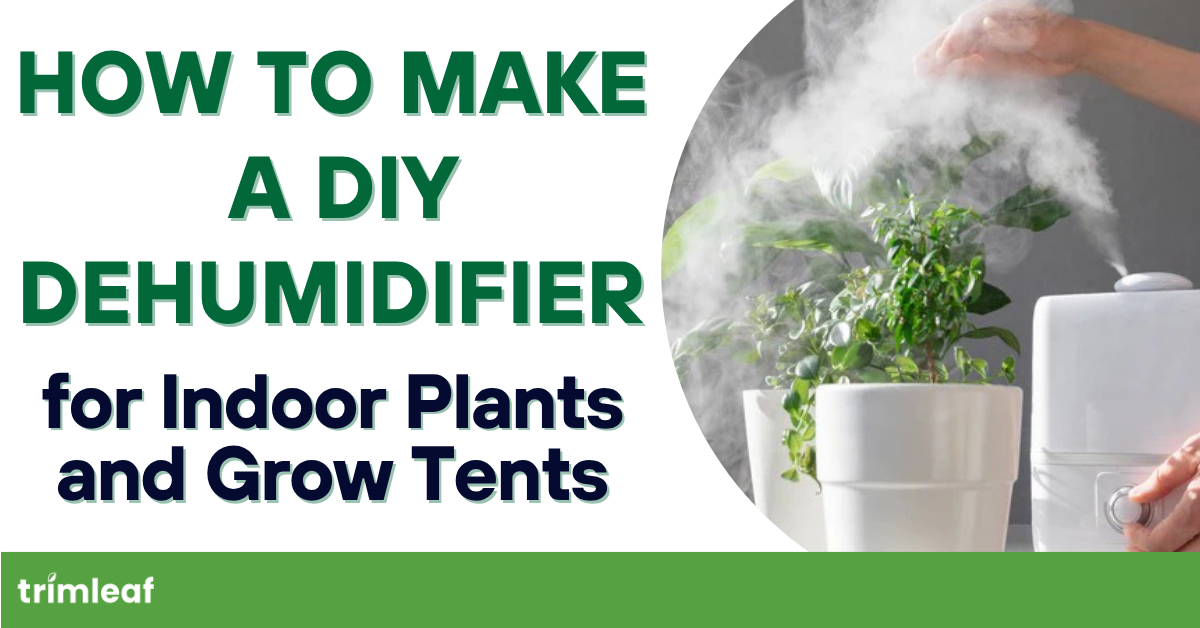
Autoflowering cannabis has made growing more accessible than ever. Unlike traditional photoperiod strains, autoflowers transition from the vegetative stage to flowering automatically, without depending on light schedule changes. But while these plants are low-maintenance, getting the best autoflower yield still requires a thoughtful setup. From choosing the right gear and soil to managing light cycles and nutrients, every decision affects your final harvest.
This beginner’s guide breaks down exactly what you need to create an affordable, high-yield autoflower setup — and how to avoid common mistakes that can limit your results.
Table of Contents
Best Autoflower Yield Strains to Grow This Year
If you’re setting up your first grow, choosing the right genetics makes a huge difference. Even with the perfect setup, your results depend heavily on the strain’s yield potential and resilience. The following autoflower strains are popular among growers for producing high yields with minimal maintenance — ideal for beginners chasing the best autoflower yield.

1. Gorilla Glue Auto
One of the most dependable high-yielding strains. Gorilla Glue Auto produces up to 600g/m² indoors and delivers dense, resin-rich buds with a strong euphoric effect. It’s forgiving with nutrients and performs well even in compact grow spaces.

2. Amnesia Haze Auto
A favorite among sativa lovers, Amnesia Haze Auto thrives in warm climates or well-lit indoor setups. Expect 450–550g/m² indoors and tall plants with a citrus-spicy aroma. Great for growers who want a stimulating, energetic high.

3. Bruce Banner Auto
Named after the alter ego of the Hulk, Bruce Banner Auto is a powerhouse yielding up to 600g/m². It’s fast-flowering (around 10–11 weeks from seed) and offers high THC levels for strong, balanced effects — a top pick for potency and productivity.

4. Northern Lights Auto
A legendary beginner strain, Northern Lights Auto is resilient, low-odor, and finishes quickly — around 9–10 weeks. It yields 400–500g/m² indoors and can handle minor fluctuations in temperature or humidity.

5. Gelato Auto
Gelato Auto combines bag appeal with big yields. Expect 500–600g/m² under strong LED lighting, plus a rich dessert aroma and balanced euphoric high. Great for growers who want quality and volume in one plant.
Affordable Gear for a High-Yield Setup
You don’t need a professional-grade grow room to get great results. Even a small 2×2 or 3×3 grow tent can produce impressive yields if your setup is efficient. Start with the essentials:
- Grow Tent: Controls environment and keeps conditions stable.
- Full-Spectrum LED Light: The heart of your setup, driving growth and bud density.
- Inline Fan + Carbon Filter: Maintains airflow and reduces odors.
- Thermometer-Hygrometer: Monitors temperature and humidity for consistency.

Choosing the Right Light
Your grow light is the single biggest factor in determining yield. Look for LEDs rated at least 2.5 µmol/J for optimal light intensity without generating excess heat. A balanced full-spectrum LED — combining warm and cool whites with red diodes — encourages dense, resin-rich buds and natural growth patterns.
Don’t Forget Airflow
Consistent air circulation is critical. An inline exhaust fan paired with oscillating fans ensures even airflow, prevents mold, and strengthens stems. A stable environment leads to more consistent yields and overall plant health.
💡 Pro Tip: Autoflowers love stability. Keep temperature, humidity, and light cycles steady from seed to harvest to avoid stress and maximize yield potential.
Light Cycle, Nutrients, and Watering Schedule
The Ideal Light Cycle
One of the biggest advantages of autoflowers is their flexible light cycle. For best results, aim for an 18/6 schedule — 18 hours of light followed by six hours of darkness. This gives your plants plenty of light for growth while allowing them to rest and conserve energy.
Some growers go for a 20/4 schedule to speed up development, but the yield difference is minimal compared to the increased energy use. Consistency matters more than raw light hours.
Feeding and Nutrients

Autoflowers are light feeders compared to photoperiod strains. Start with ¼-strength nutrients during the seedling stage, then increase gradually as the plant matures.
- During early growth, prioritize nitrogen (N) for healthy leaves and stems.
- As flowering begins, shift toward phosphorus (P) and potassium (K) to boost bud production.
- Keep your pH between 6.0 and 6.5 for optimal nutrient absorption in soil.
Growers who focus on balanced, stable feeding schedules consistently see healthier plants and better yields than those who overfeed or constantly change formulas.
Watering Made Simple
When it comes to watering, less is more. Autoflowers dislike soggy conditions. Only water when the top inch of soil feels dry, and ensure your pots have proper drainage.
Too much water cuts off oxygen to the roots, leading to stunted growth or rot.
Recommended Pot Sizes and Soil Types

Your root zone is the foundation of your yield. For most autoflowers, the ideal pot size is between three and five gallons. Anything smaller can stunt root growth, while oversized containers make it harder to control moisture. Fabric pots are highly recommended because they improve oxygen exchange and prevent roots from circling or rotting.
Autoflowers prefer light, airy soil with good drainage. A mix containing coco coir, perlite, and a bit of organic compost or worm castings creates the perfect texture. Avoid dense or heavily fertilized soils — autoflowers are sensitive and can easily burn from nutrient overload early in their life cycle.
A good starting blend is 40% coco coir, 40% perlite, and 20% worm castings. This mix offers both aeration and gentle nutrition to support strong root development.
Common Mistakes Beginners Make
Even with the best intentions, new growers often make avoidable errors that reduce yield. Here are the most common ones:
- Overfeeding: Autoflowers are sensitive to excess nutrients. Stick to lighter feeding schedules and monitor leaf tips for burn.
- Overwatering: Consistent moisture, not constant watering, is key. Let roots breathe.
- Frequent transplanting: Autoflowers dislike root disturbance. Start your seed in its final pot.
- Poor ventilation: Stagnant air increases humidity and the risk of mold. Always keep air moving.
- Incorrect light distance: Keep LEDs about 18–24 inches above the canopy to prevent light stress or bleaching.
Maintaining a stable environment is the secret ingredient to higher yields. Small issues like temperature swings or improper humidity may seem minor but can drastically affect flower development.
Final Thoughts
Creating the best autoflower yield setup isn’t about expensive gear or advanced techniques — it’s about understanding balance. A well-lit, ventilated, and nutrient-controlled grow space will outperform a high-budget setup run without attention to detail.
Start small, stay consistent, and track every grow cycle. Over time, you’ll refine your process and unlock better yields with every harvest. Autoflowers reward patience and care, giving you dense, resin-rich buds that rival even professional grows.
Frequently Asked Questions About Best Autoflower Yield Setup for Beginners
- What setup gives the best autoflower yield for beginners?
-
The best beginner setup includes a 2×2 or 3×3 grow tent, a full-spectrum LED light (at least 2.5 µmol/J), proper ventilation, and a light, airy soil mix. Stability is key — maintain steady temperature, humidity, and light schedules to keep your plants stress-free and productive.
- How much light do autoflowers need to produce the highest yield?
-
Autoflowers thrive under an 18/6 light cycle — 18 hours of light and six hours of darkness. Some growers use 20/4, but the yield difference is minimal. Consistency and proper light intensity matter more than extra hours.
- What are the best autoflower strains for high yields this year?
-
Top-yielding strains include Gorilla Glue Auto, Amnesia Haze Auto, Bruce Banner Auto, Northern Lights Auto, and Gelato Auto. These are resilient, beginner-friendly, and capable of producing 400–600g/m² with the right setup.
- How often should I water autoflowers for optimal growth?
-
Water only when the top inch of soil feels dry. Overwatering is a common mistake that suffocates roots and slows growth. A good rule of thumb — lift your pot; if it feels light, it’s time to water.
- What size pots work best for maximizing autoflower yield?
-
Use 3–5 gallon fabric pots. They encourage root aeration and prevent circling or rot. Anything smaller restricts growth, while oversized pots can make moisture control difficult.
- Should I use nutrients or organic soil for autoflowers?
-
Both work well, but balance is crucial. Start with a light organic mix (coco coir, perlite, worm castings) and feed ¼-strength nutrients early on. Increase gradually and maintain a pH of 6.0–6.5 for ideal nutrient uptake.
- How can I increase my autoflower yield indoors?
-
Use efficient LEDs, ensure strong airflow, and keep your environment stable. Avoid unnecessary stress like transplanting or nutrient overload. Training techniques such as Low Stress Training (LST) can also improve light exposure and yields.
- What are the most common mistakes that reduce autoflower yield?
-
Overfeeding, overwatering, poor airflow, frequent transplanting, and improper light distance are the top yield killers. Autoflowers prefer gentle handling and steady conditions rather than aggressive intervention.
- Can autoflowers produce large yields outdoors?
-
Yes — if planted in a sunny, warm location with good soil and drainage. Outdoor autoflowers can yield up to 200g per plant, depending on strain, sunlight exposure, and weather consistency.
- How long does it take for autoflowers to reach full harvest and yield potential?
-
Most autoflowers finish in 9–11 weeks from seed. Some faster strains like Northern Lights Auto may complete sooner, while larger-yielding types like Bruce Banner Auto can take slightly longer for fuller bud development.




